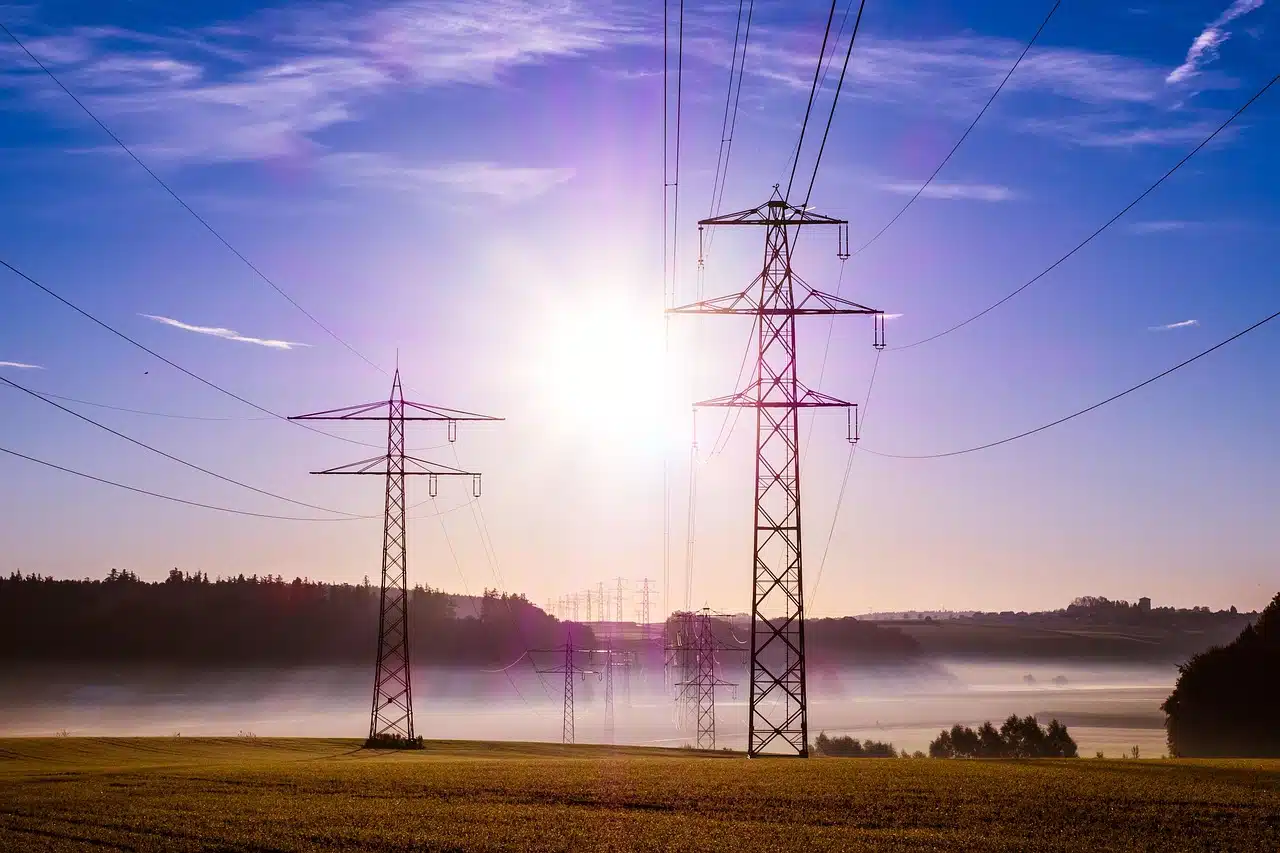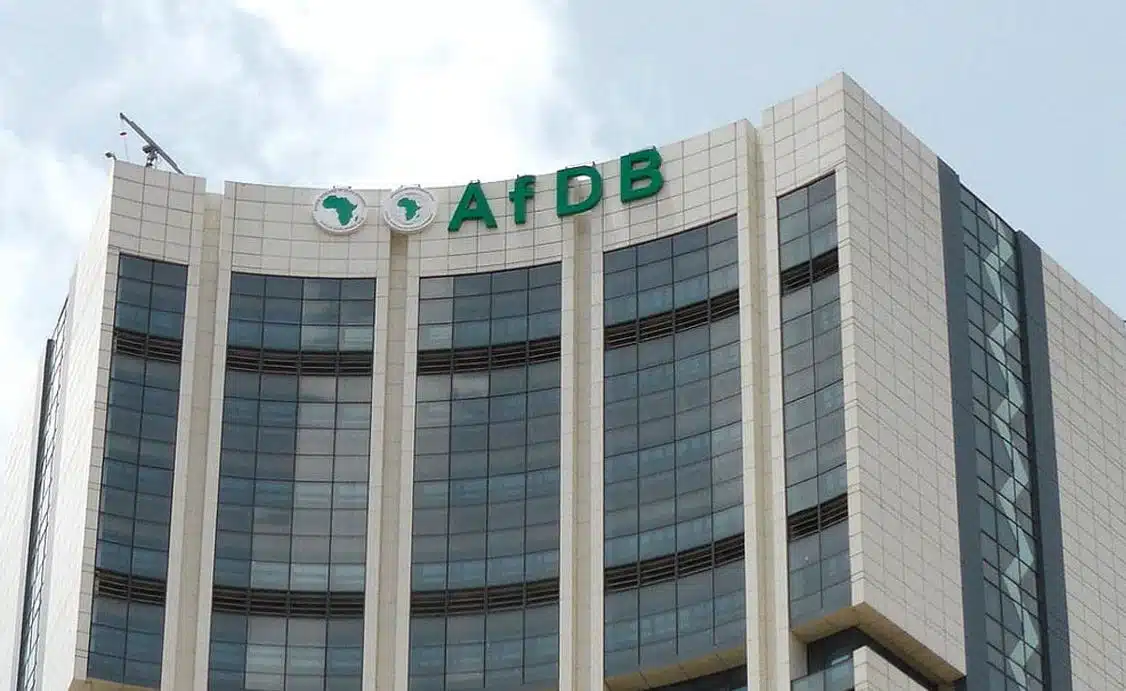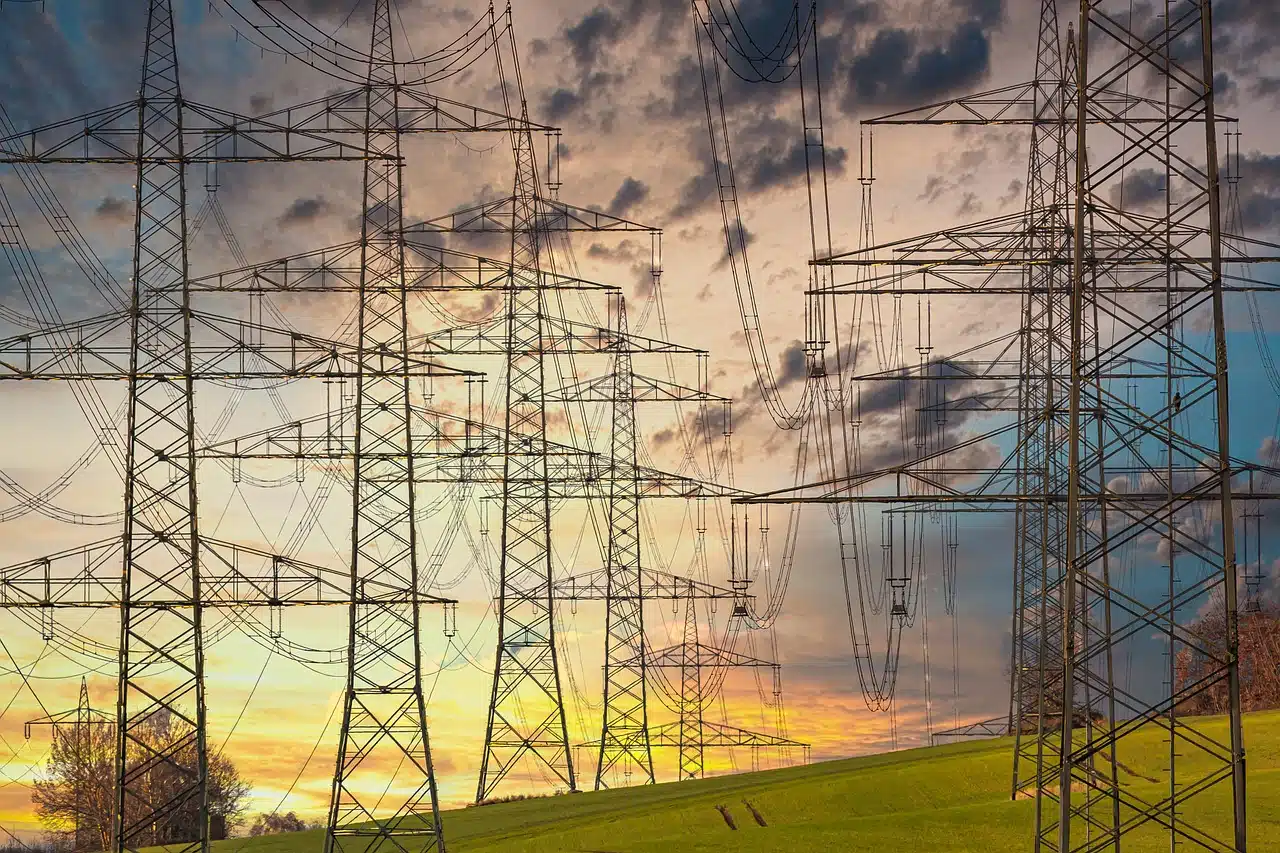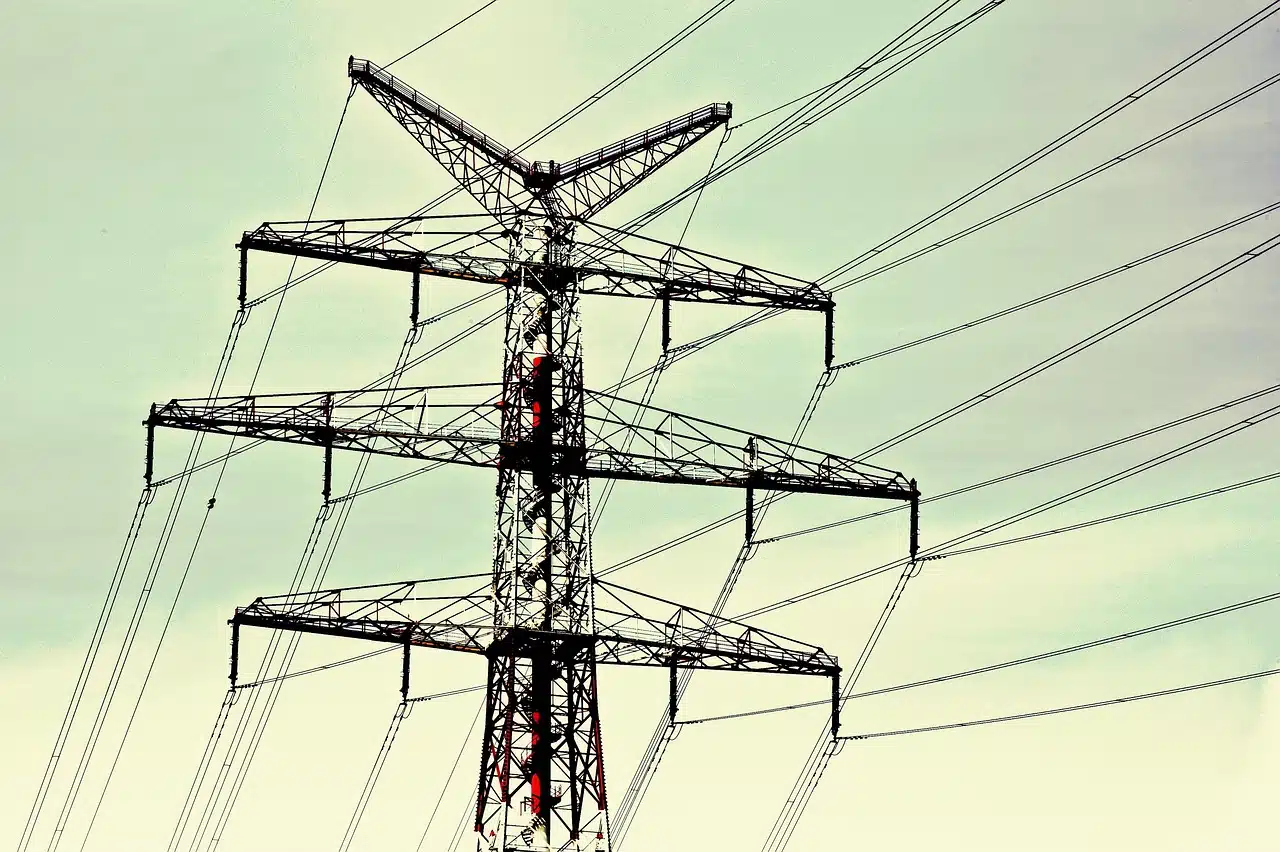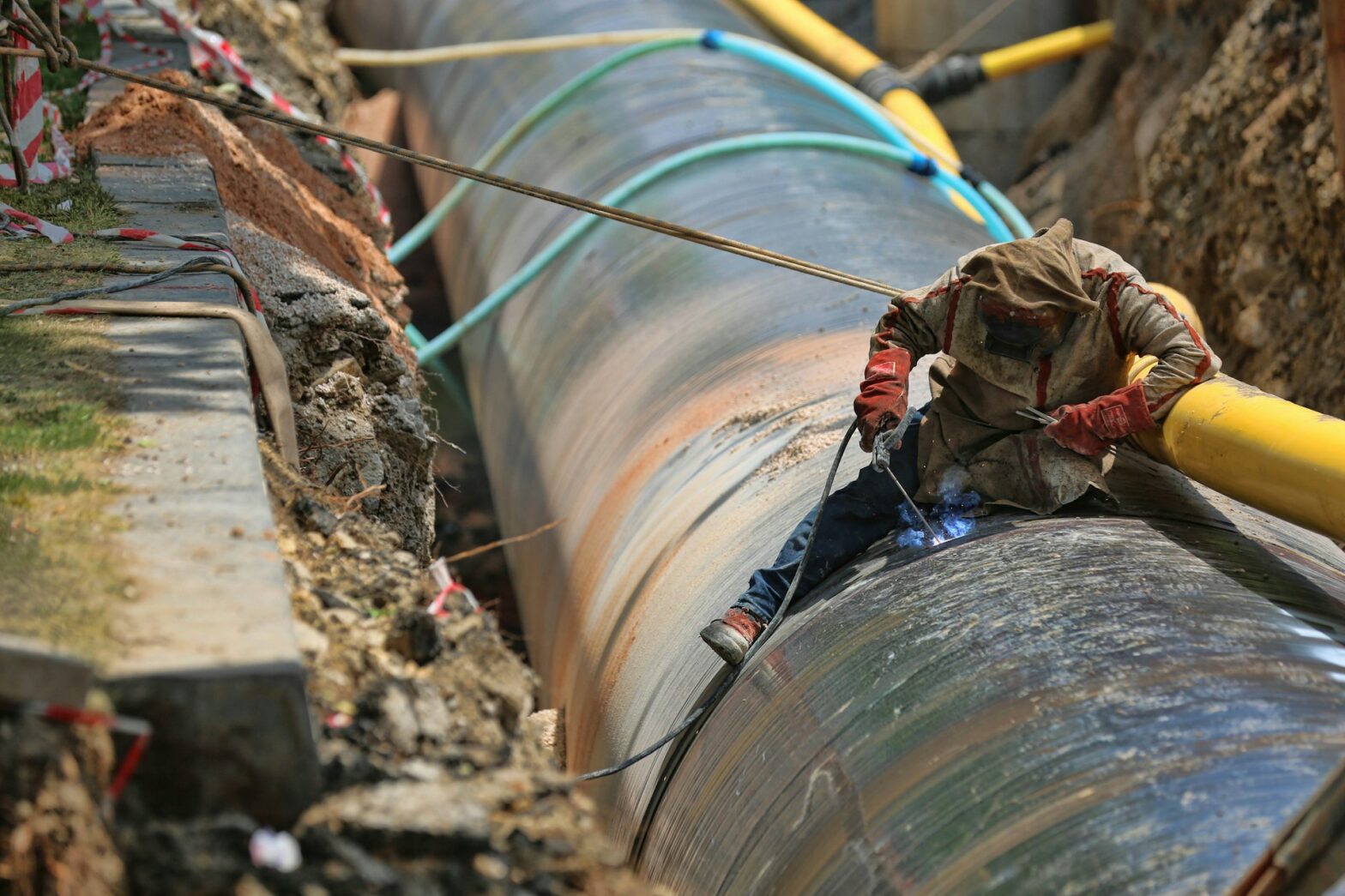South African power utility, Eskom, has scaled down electricity outages following the recovery of multiple generation units that failed over the weekend, triggering the country’s worst power cuts in 12 months.
This was disclosed in a statement by Eskom on Monday after the utility restored several power plants, reducing outages from Stage 6 to Stage 4.
The power cuts, which initially removed 6,000 megawatts from the national grid, were eased after units at Majuba, Camden, and Medupi power stations returned to service.
Speaking to reporters on Sunday, Eskom Group CEO, Dan Marokane, stated that the utility had lost 10 generation units overnight, forcing the implementation of Stage 6 loadshedding the highest level of power cuts implemented so far.
However, by Sunday morning, six units had been restored, with an additional three expected to come online later in the day.
“We anticipate that by the end of the week, we should be out of this stage,” Marokane said, adding that if recovery continues at this pace, Eskom would consider further reducing the power cuts as early as Monday.
According to the statement, Eskom has been working to replenish emergency reserves while addressing technical faults that led to the failures. “The return of these units comes after identifying the root causes of multiple unit trips, which were unconnected and purely technical in nature,” the company said.
Challenges with Eskom’s ageing power plants
The latest outages highlight ongoing challenges with Eskom’s ageing coal fired plants, which provide most of South Africa’s electricity.
Regular breakdowns at these facilities have led to frequent power cuts, disrupting businesses and households in Africa’s most industrialised economy
Stage 6 load shedding, introduced on Sunday, forced Eskom to shed 6,000 megawatts from the grid to avoid a total system collapse.
Although the recent recovery has eased some pressure, Eskom has not yet announced when the power cuts will end entirely.
With South Africa facing persistent energy challenges, Eskom’s efforts to stabilise the grid remain critical as the country navigates another year of power supply disruptions.



